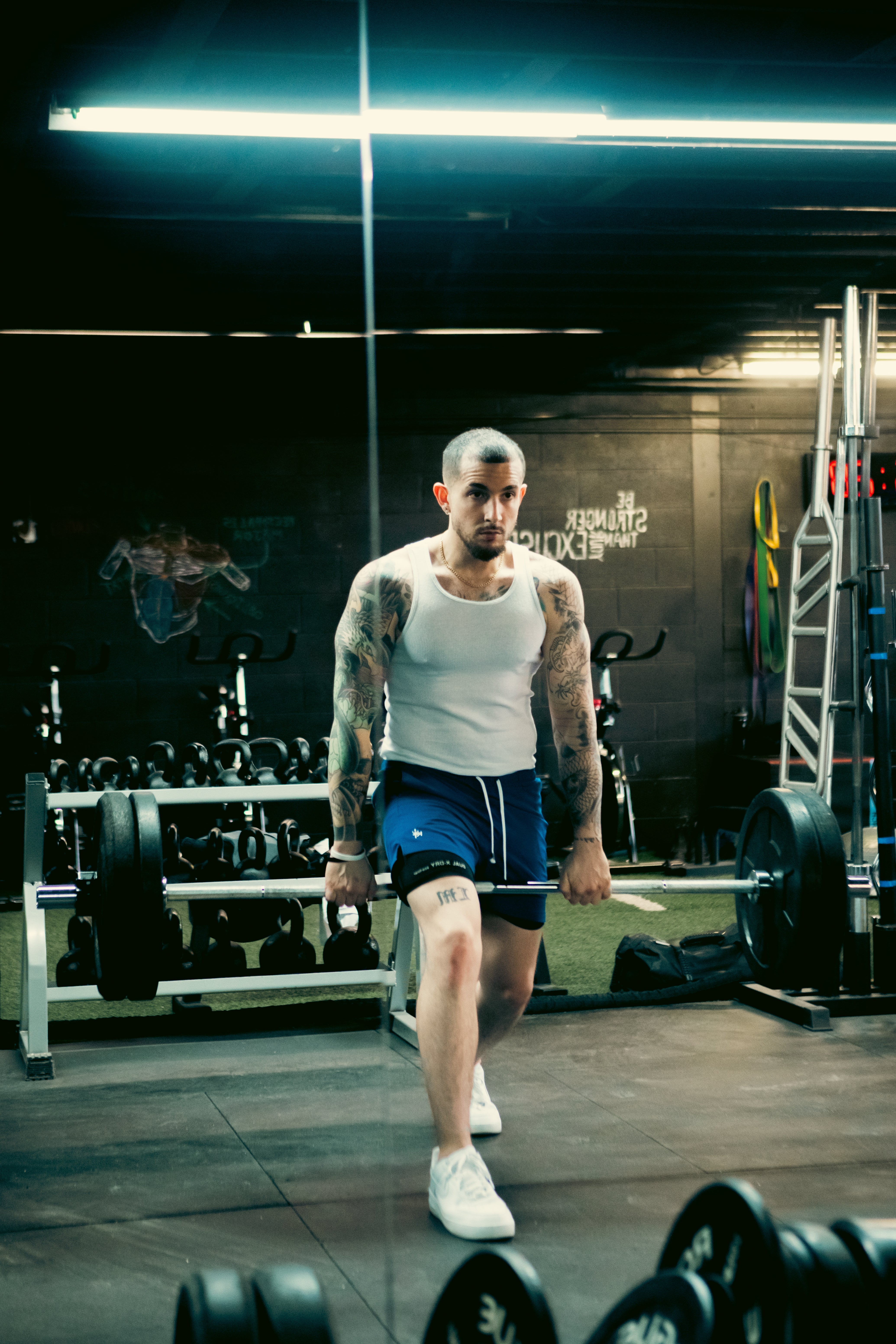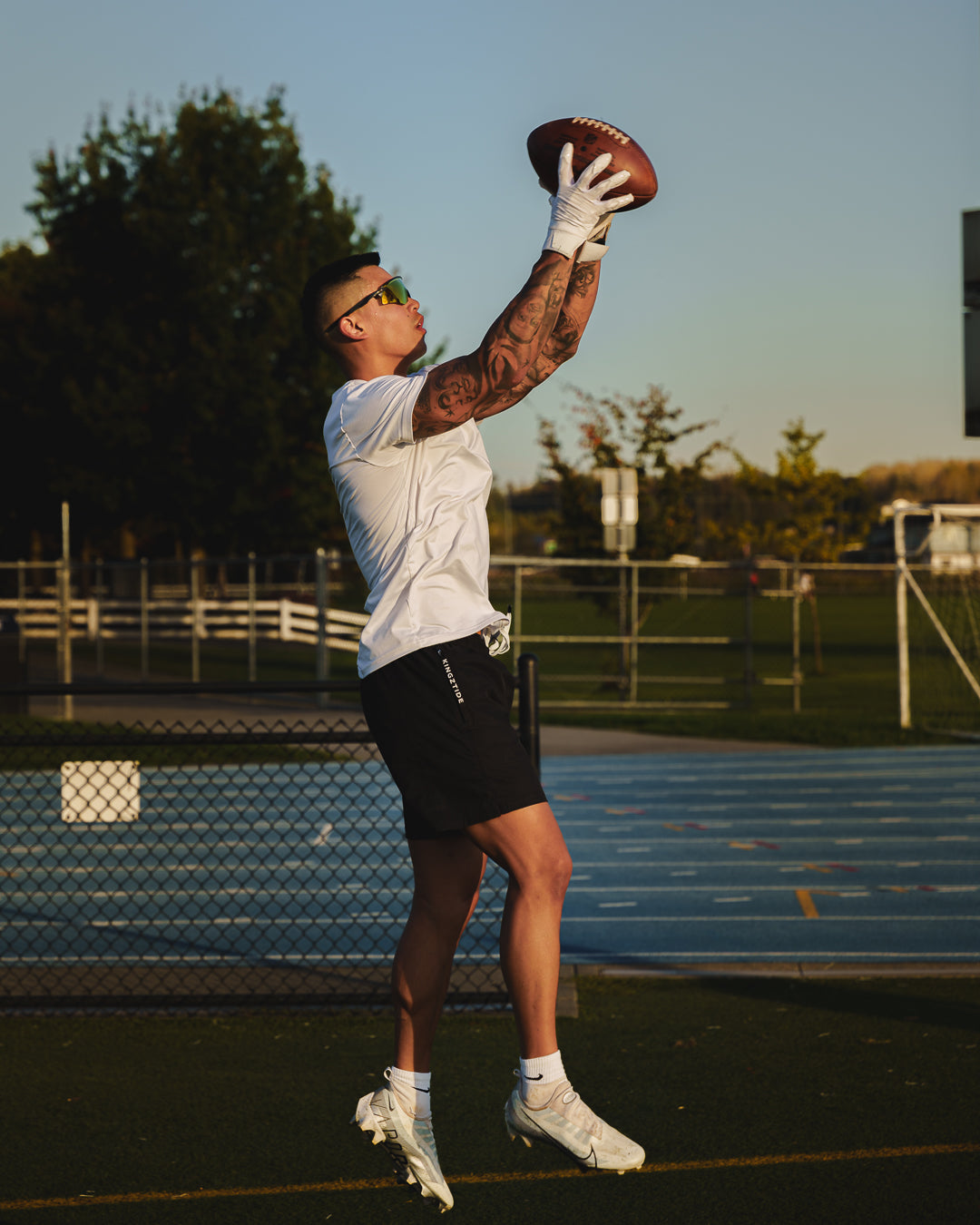
Cross-Training for Hybrid Athletes: Why You Shouldn’t Specialize
Cross-Training for Hybrid Athletes: Why You Shouldn’t Specialize
In the world of fitness, specialization has long been the standard—runners run, lifters lift, and swimmers swim. But for hybrid athletes, versatility is the name of the game. Whether you’re blending strength training with endurance sports, mixing calisthenics with mobility work, or combining explosive movements with long-haul stamina, cross-training is key.
Why Hybrid Athletes Should Avoid Specialization
While focusing on a single discipline can yield impressive results in that area, it often comes at the cost of imbalanced development, repetitive strain injuries, and plateaued progress. Cross-training builds a more resilient, adaptable, and high-performing athlete—ready for any challenge.
1. Injury Prevention & Longevity
One of the biggest benefits of cross-training is injury prevention. Specializing in a single sport often leads to overuse injuries—runners develop knee pain, lifters strain their lower backs, and cyclists suffer from tight hips. A hybrid approach strengthens neglected muscle groups, reduces repetitive strain, and improves overall mobility.
For example, if you’re a runner, adding strength training can stabilize joints and prevent injuries. If you’re a weightlifter, incorporating yoga or mobility work can enhance flexibility and recovery.
2. Enhanced Athletic Performance
Cross-training doesn't just reduce injury risk—it makes you a more complete athlete. By blending multiple disciplines, you develop:
-
Explosiveness & Power (Strength Training, Sprint Work)
-
Endurance & Stamina (Running, Cycling, Rowing)
-
Mobility & Recovery (Yoga, Dynamic Stretching, Swimming)
-
Agility & Coordination (Plyometrics, Functional Training)
Hybrid athletes who train across multiple modalities often outperform specialized athletes in real-world performance because their bodies are trained to adapt to various physical demands.
3. Breaking Plateaus & Avoiding Burnout
If you've ever hit a plateau in your training, cross-training could be the solution. Specializing can lead to mental and physical burnout, whereas mixing up training methods keeps things fresh and exciting.
For instance, if your strength gains have stalled, incorporating sprint training or plyometrics can activate new muscle fibers. If your endurance workouts feel stagnant, switching to high-intensity interval training (HIIT) can break through barriers.
4. Improved Recovery & Adaptability
The best hybrid athletes understand the balance between intensity and recovery. Cross-training allows you to train more without overloading specific muscle groups. After a heavy leg day, swimming or cycling provides active recovery without excessive strain.
Moreover, adaptability is crucial—whether you’re hiking, playing sports, or facing real-world challenges, cross-training ensures you're prepared for anything.
Final Thoughts
The best athletes aren’t one-dimensional—they’re adaptable, strong, and capable across multiple disciplines. If you want to reduce injuries, increase performance, and stay mentally engaged, cross-training is the way forward.
Kingztide’s Eco-Adapt activewear is designed for hybrid athletes who push limits across multiple disciplines—because your gear should perform as hard as you do.
Ready to train smarter? Start cross-training today.


